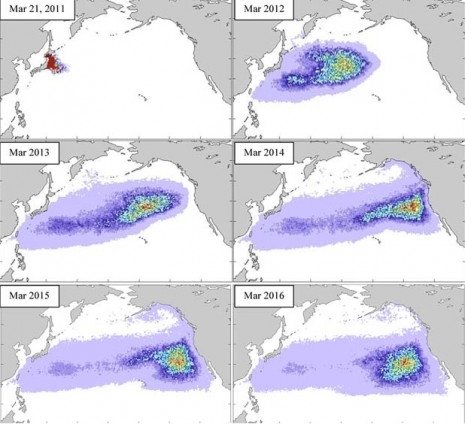
If you ever get fed-up with everyday noise pollution from automobile traffic, construction work or that nauseatingly ubiquitous mall muzak then imagine how such unwanted (and often unnecessary) noise damages marine life.
Mammals, reptiles, fish and invertebrates are suffering from increasing levels of man-made noise pollution coming from ships, oil rigs, and sonar. Now a bio-acoustics laboratory at the Technical University of Catalonia in Barcelona, Spain has developed a kind of “audio Google Earth” for under the water, which allows people to access a where they can listen to the sounds of the deep blue seas.
The project is called “LIDO” which stands for “Listen to the Deep Ocean Environment” has been developed by French scientist Michel André and his team of researchers. The program aims to monitor undersea sounds to assess the affect of artificial noise on marine wildlife.
A series of microphones have been placed across the world’s seabeds in order to identify which sounds are natural and which are man-made, as the director of the Bio-acoustics Applications Lab Michel André told Euro News:
“We use underwater microphones, that are called hydrophones, which allow us to capture sounds. Once we have captured these sounds, they are analysed in real time through a circuit which tells us whether they come from a cetacean, or whether they come from vessels, to help us understand the interaction between artificial sound and natural sound.”
The hydrophones can be placed on seabeds to a depth of around 1,000 feet. The sound is then transmitted via fibreoptic cables or by radio from moored transmitter stations. This information is available in realtime at the LIDO website.
The project started in 2002 and is now growing rapidly across the globe. LIDO’s aims did prompt concerns from the US and Canadian navies over possible security threats, however a deal was struck between LIDO and the military. Inevitably, even the armed services will have to accept they cannot lay claim to any ownership of the sea’s acoustic world.
Visit Listen to the Deep Ocean Environment LIDO here, read more on the story here, plus video.
Via Euro News







